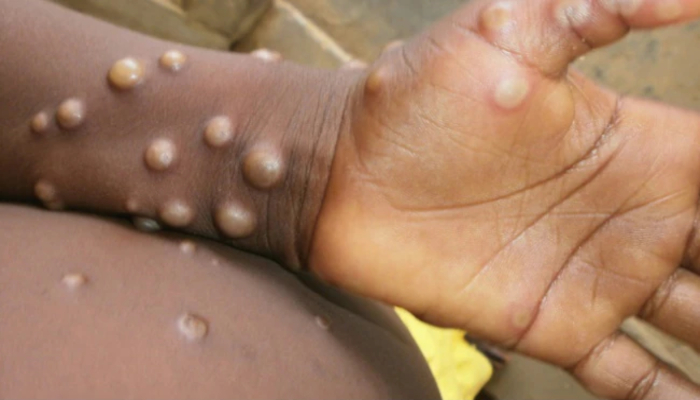Health authorities in North America and Europe have detected dozens of suspected or confirmed cases of monkeypox since early May, sparking concern the disease endemic in parts of Africa is spreading.
Canada was the latest country to report it was investigating more than a dozen suspected cases of monkeypox, after Spain and Portugal detected more than 40 possible and verified cases.
Britain has confirmed nine cases since May 6, and the United States verified its first on Wednesday, saying a man in the eastern state of Massachusetts had tested positive for the virus after visiting Canada.
The illness, from which most people recover within several weeks and has only been fatal in rare cases, has infected thousands of people in parts of Central and Western Africa in recent years but is rare in Europe and North Africa.
The World Health Organization (WHO) said on Tuesday it was coordinating with UK and European health officials over the new outbreaks.
“We really need to better understand the extent of monkeypox in endemic countries… to really understand how much is circulating and the risk that it poses for people who are living there, as well as the risk of exportation,” infectious disease epidemiologist Dr. Maria Van Kerkhove said at a WHO press conference on Tuesday on global health issues.
The first case in Britain was someone who had traveled from Nigeria, though later cases were possibly through community transmission, the UK Health Security Agency (UKHSA) said in a statement.
“These latest cases, together with reports of cases in countries across Europe, confirms our initial concerns that there could be spread of monkeypox within our communities,” said UKHSA Chief Medical Adviser Dr. Susan Hopkins.
The WHO said it was also investigating that many cases reported were people identifying as gay, bisexual or men who have sex with men.
“We are seeing transmission among men having sex with men,” said WHO Assistant Director-General Dr. Soce Fall at the press conference.
“This is new information we need to investigate properly to understand better the dynamic of local transmission in the UK and some other countries.”

